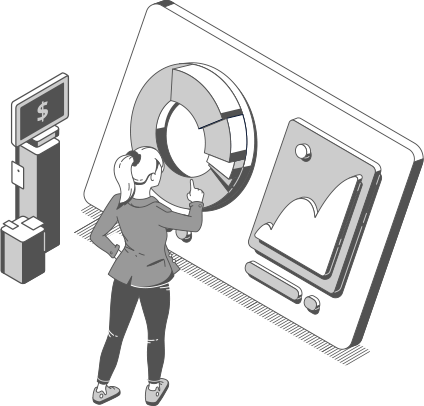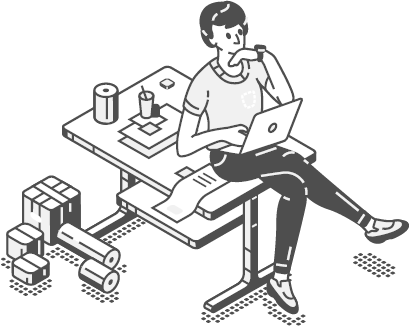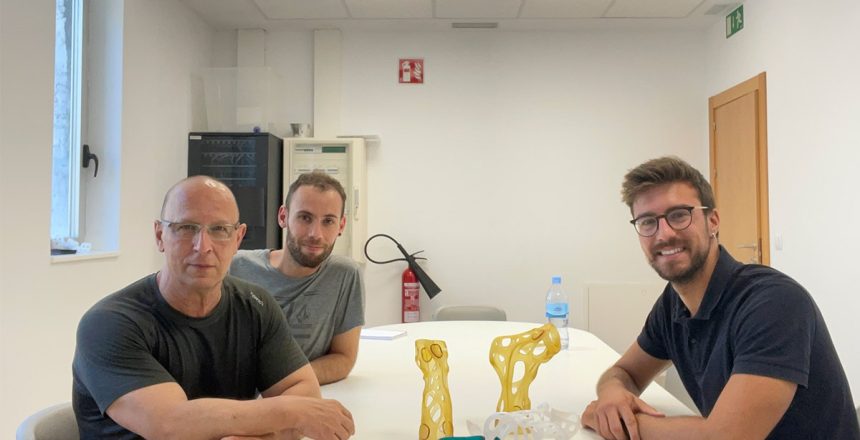The Navarra-based company Hirudi Sistemas 3D is collaborating with the firms Xkelet and Boed Design SL on a new immobilization system that seeks to replace traditional plaster casts.
The company will distribute two types of splints (customized or standardized) that accelerate the recovery of the limbs thanks to their own software and 3D technology. All this combined with artificial intelligence processes.
The Navarre-based company Hirudi Sistemas 3D has used its knowledge in the field of 3D printing to start designing revolutionary solutions for the health sector. Called orthoses, they are revolutionizing the world of immobilization after injury or breakage and are on the verge of replacing traditional plaster casts. The Navarre firm has just made it official that it will be the exclusive distributor and manufacturer for the Basque Country and Navarre.
The company collaborates with two other companies, Xkelet and Boed Design SL, in this initiative. The designs of its splints make it possible to speed up limb recovery thanks to its software and 3D technology, combined with artificial intelligence processes. The idea, as explained by the company’s managers, arose from the need detected in medical centers to improve immobilization and the potential they found in 3D technology.
In fact, to create the splints with even greater accuracy and speed, they have included in the process an application, known as phase ID, which makes it possible to scan damaged parts of the body with just a cell phone. From there, with the surface created from the scan and the help of the parameters provided by the specialist, a design is generated which, in a maximum of five minutes, will be received by Hirudi through a cloud platform to deliver the definitive orthoses, the xkast, within 24 hours.
Emergency immobilizations
The company’s partners have also come up with a solution for emergency immobilization between the first visit to the doctor and until the final orthosis can be used. This solution proposes a new methodology that optimizes the recovery process. When the patient is admitted with the injury, the IMUR is placed, which is an emergency immobilization to treat the first phase of the injury. Once the edema phase is treated, the patient is scanned and the xkast is manufactured.
These new splints can be made in a totally personalized way and offer great advantages over plaster splints such as breathability, ergonomics, or being fully washable and submersible at a price similar to other standard systems that can be found on the market.
Their implementation is planned for this autumn. In addition to marketing the finished parts, the company also offers the option for medical professionals to have their own machinery to design and print their parts.




